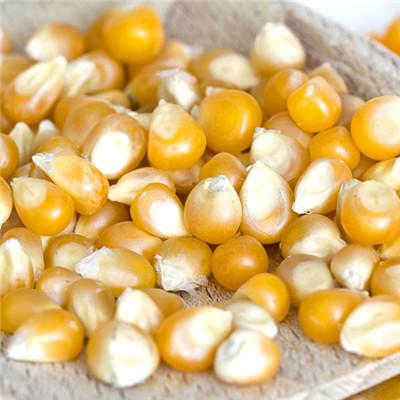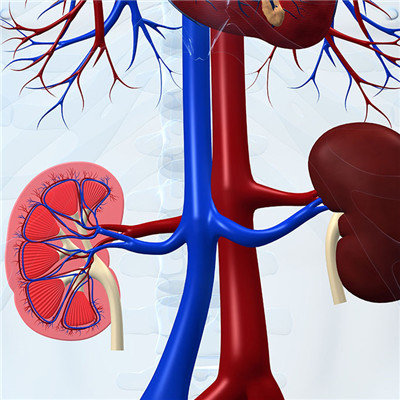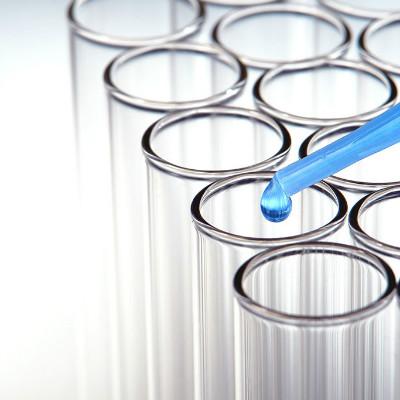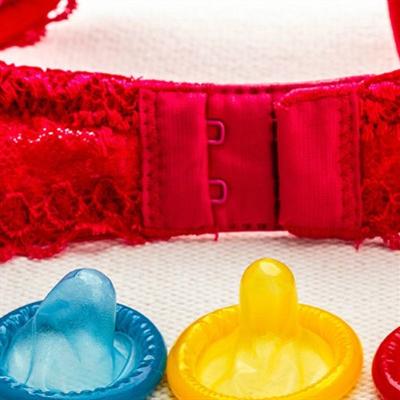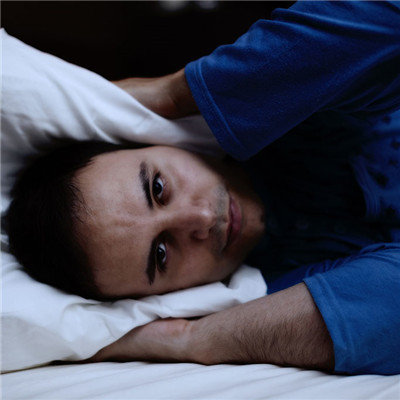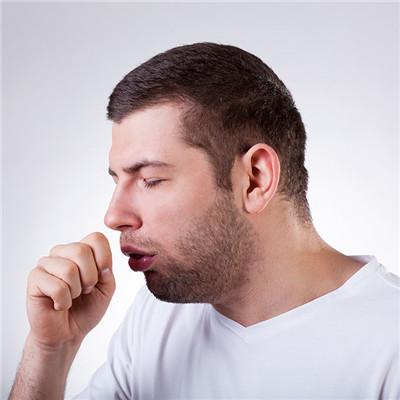Spinal cord injury symptoms?
summary
When the pyramidal tract is damaged, the brain loses its inhibitory effect on the brainstem and spinal cord, resulting in abnormal reflex. Because the pyramidal tract is not fully developed in infants under 1.5 years old, the above reflexes can occur, which is not pathological. If it appears in adult patients, it is pathological reflex. Positive pyramidal tract sign is also found in children with cerebral palsy. Symptoms of pyramidal joint injury? Let's talk about it
Spinal cord injury symptoms?
Spinal cord shock is seen in acute transverse spinal cord injury. After spinal cord injury, flaccid paralysis occurs in the * below the damaged plane, muscle tone is low or disappeared, all kinds of reflexes are reduced or disappeared, the deep sensation is completely lost, the bladder is tension-free, urine retention, tension free (filling) urinary incontinence, fecal incontinence.

After complete spinal cord injury and spinal cord shock, the muscle tension below the injury plane is increased, the tendon reflex is hyperreflexive, and the pathological reflex is positive, but all kinds of senses are not recovered, and the overall reflex can appear in the early stage, that is, when the skin or mucous membrane below the injury is stimulated, the hip and knee joint flexion, ankle joint plantar flexion, lower limb adduction, abdominal muscle contraction, reflex urination and penile erection, etc, However, there was no recovery of motor, sensory and sphincter function. This flexion paraplegia is usually an indication of complete spinal cord transection. The extension paraplegia showed incomplete spinal cord transection.
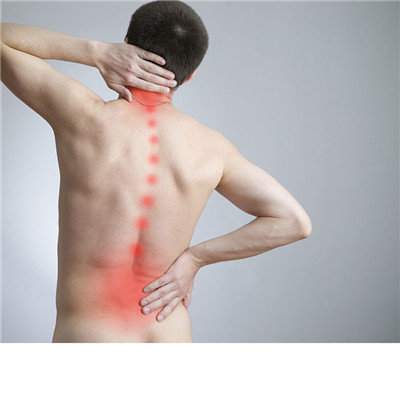
Spinal cord lesions with complete transverse lesions are rare, more common is incomplete transverse lesions of the spinal cord, which can be acute or chronic. In the case of acute lesions, although the damage is incomplete, its physiological function is in a state of complete inhibition in the early stage, that is, spinal cord shock. Therefore, it is difficult to distinguish from complete spinal cord transverse damage in the early stage. The real lesions and signs can be displayed only after the spinal cord shock is gradually eliminated for a period of time. The time of spinal cord shock is usually shorter than that of complete damage. If it is a chronic disease, there is no manifestation of spinal cord shock. With the development of the disease, the manifestation of spinal cord damage gradually appears and aggravates.
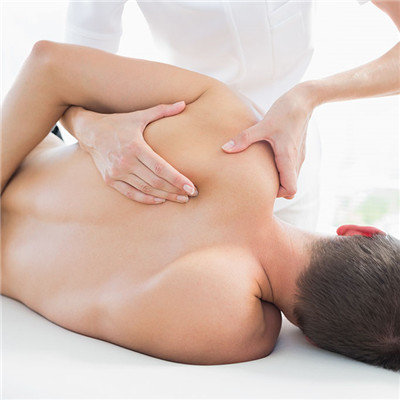
matters needing attention
When massaging, the manipulation should be light. Massage all parts of the limbs from far to near. The purpose is to prevent muscle atrophy and joint ankylosis, improve local blood circulation and promote lymphatic reflux. Massage, rub and deep press with palm along the direction of gastrointestinal peristalsis can promote gastrointestinal peristalsis and help digestion. Massage along the direction of colon peristalsis can promote defecation; Massage along the pubis to promote urination. The massage of the lower limbs starts from the toes, followed by the flexion and extension of the ankle joint, knee joint and hip joint, followed by the adduction, abduction and lifting of the hip joint, with one heel on the opposite knee, and then sliding down the leg to the ankle. For the upper limb massage, we should bend and extend fingers passively, clench fist, and assist in wrist, elbow and shoulder joint activities. When doing passive activities for spastic limbs, we should be patient and slow, and avoid rudeness, so as to avoid soft tissue injury, bleeding and heterotopic bone formation in the future.
